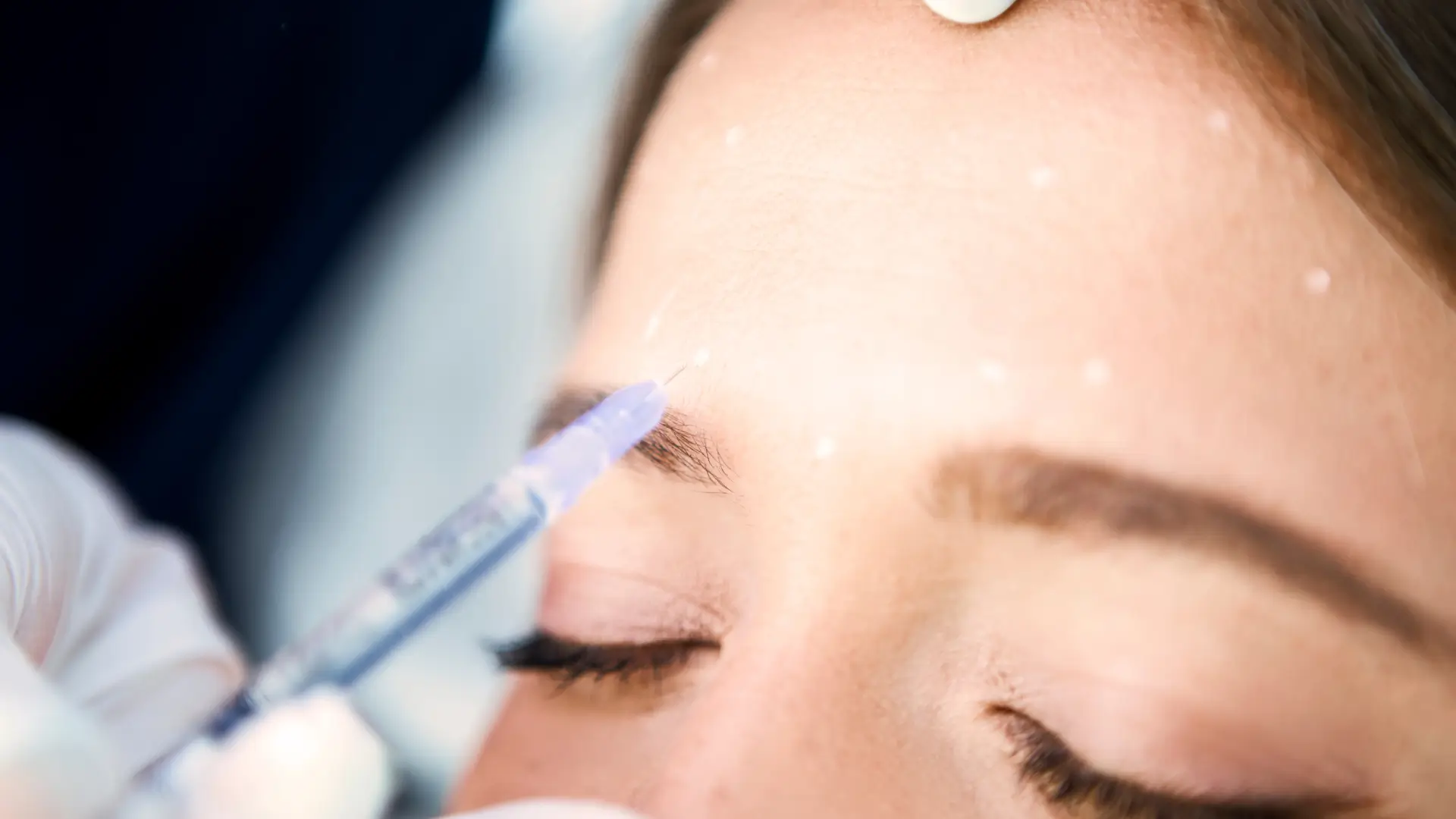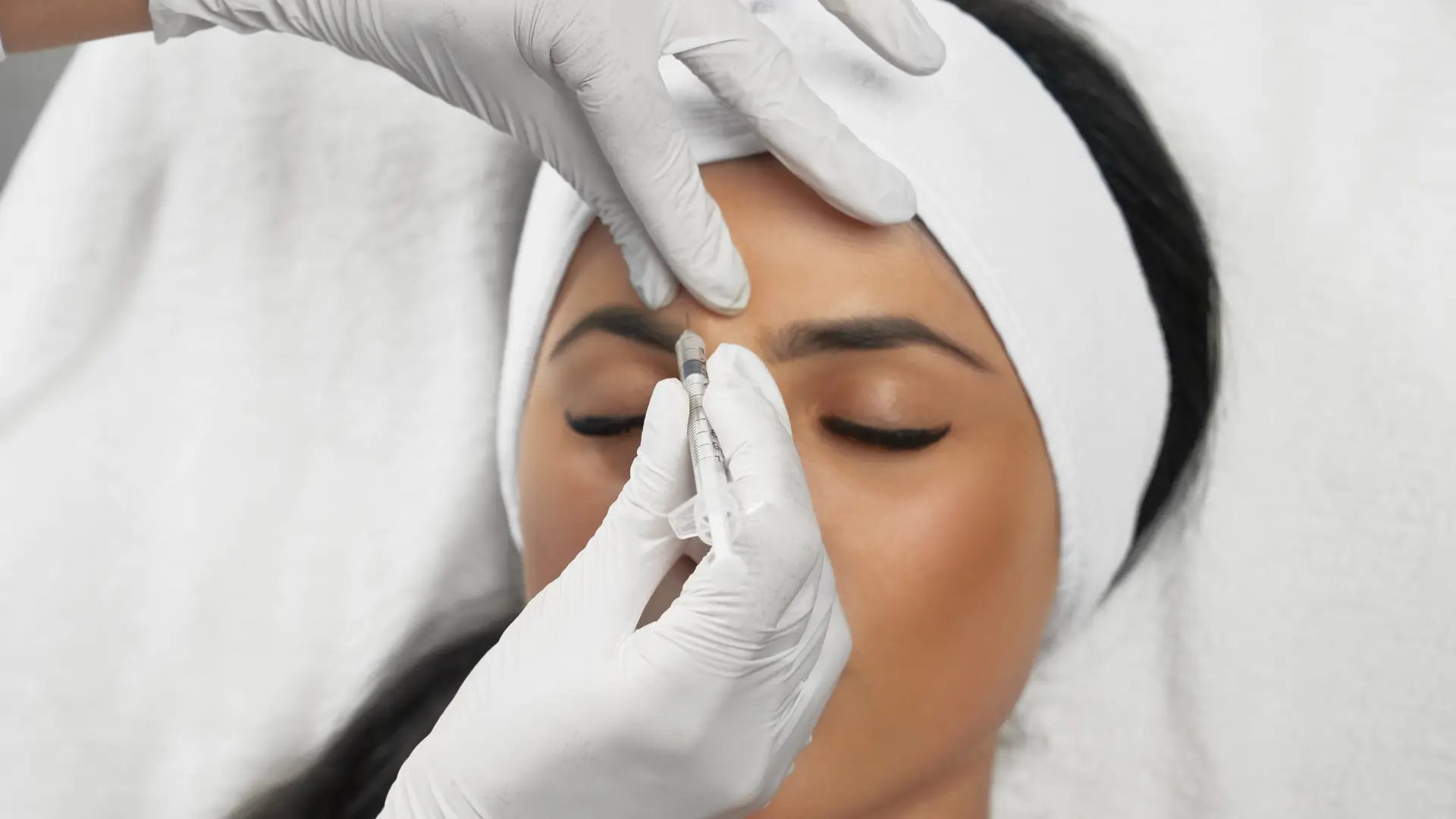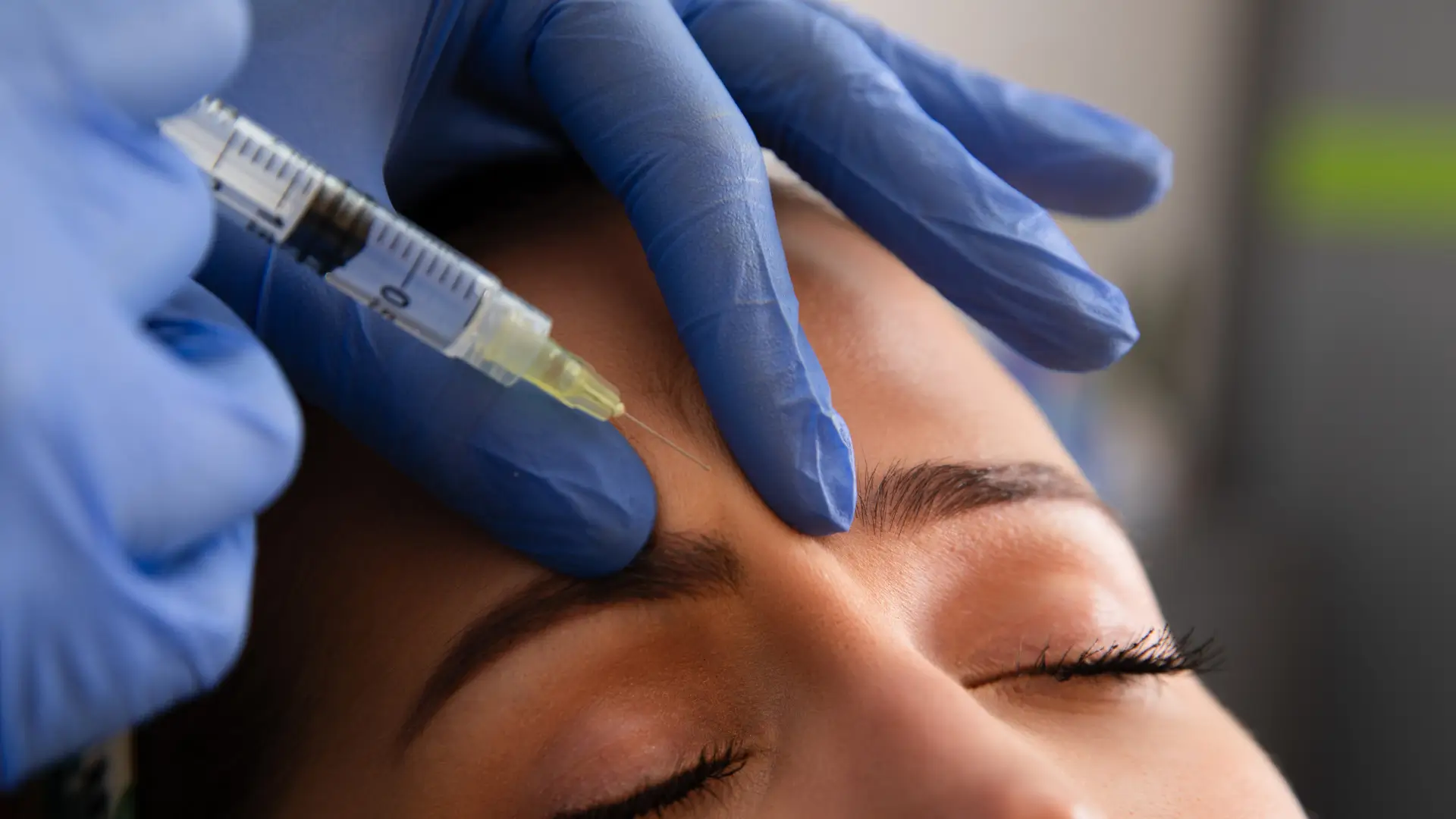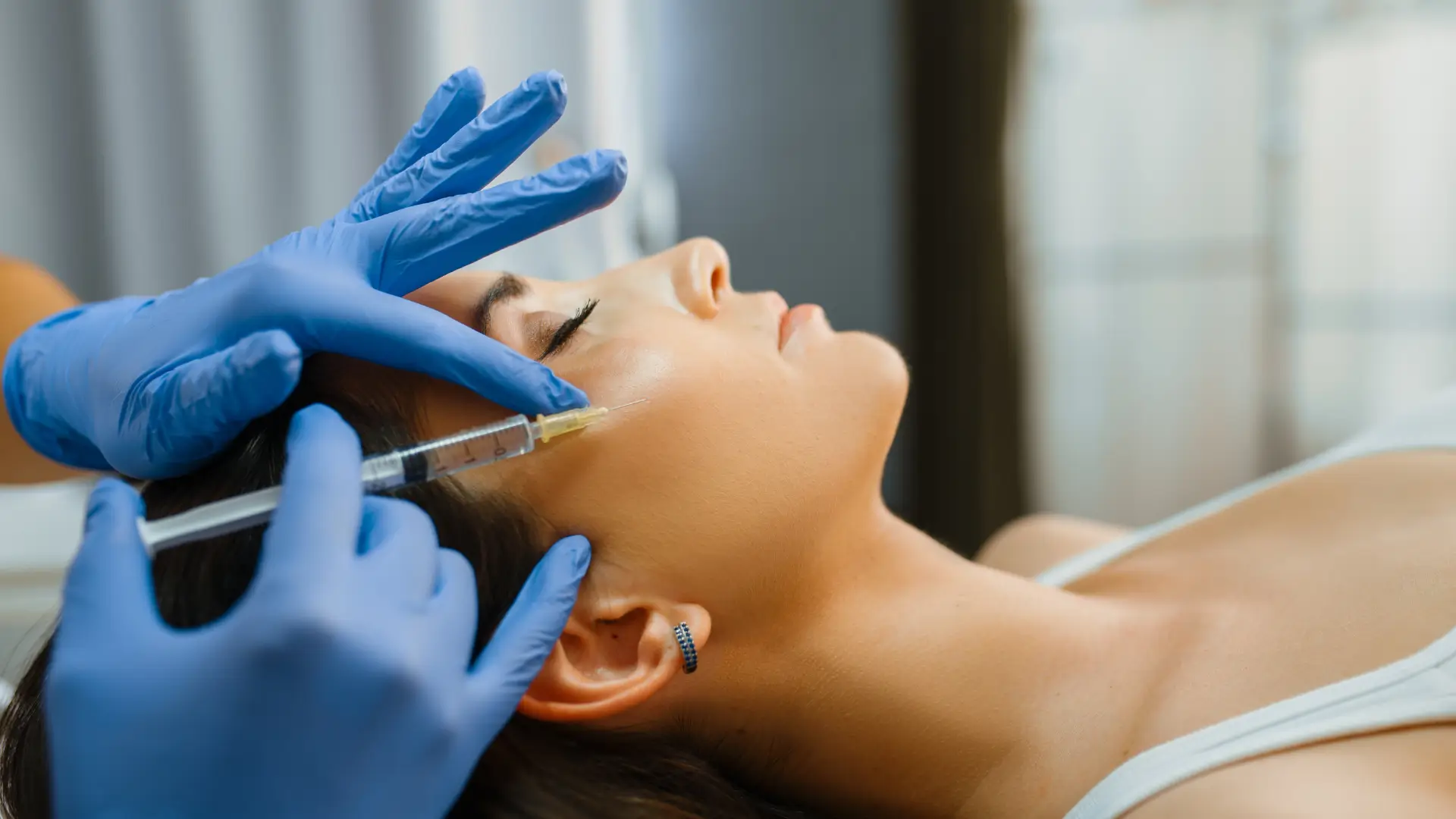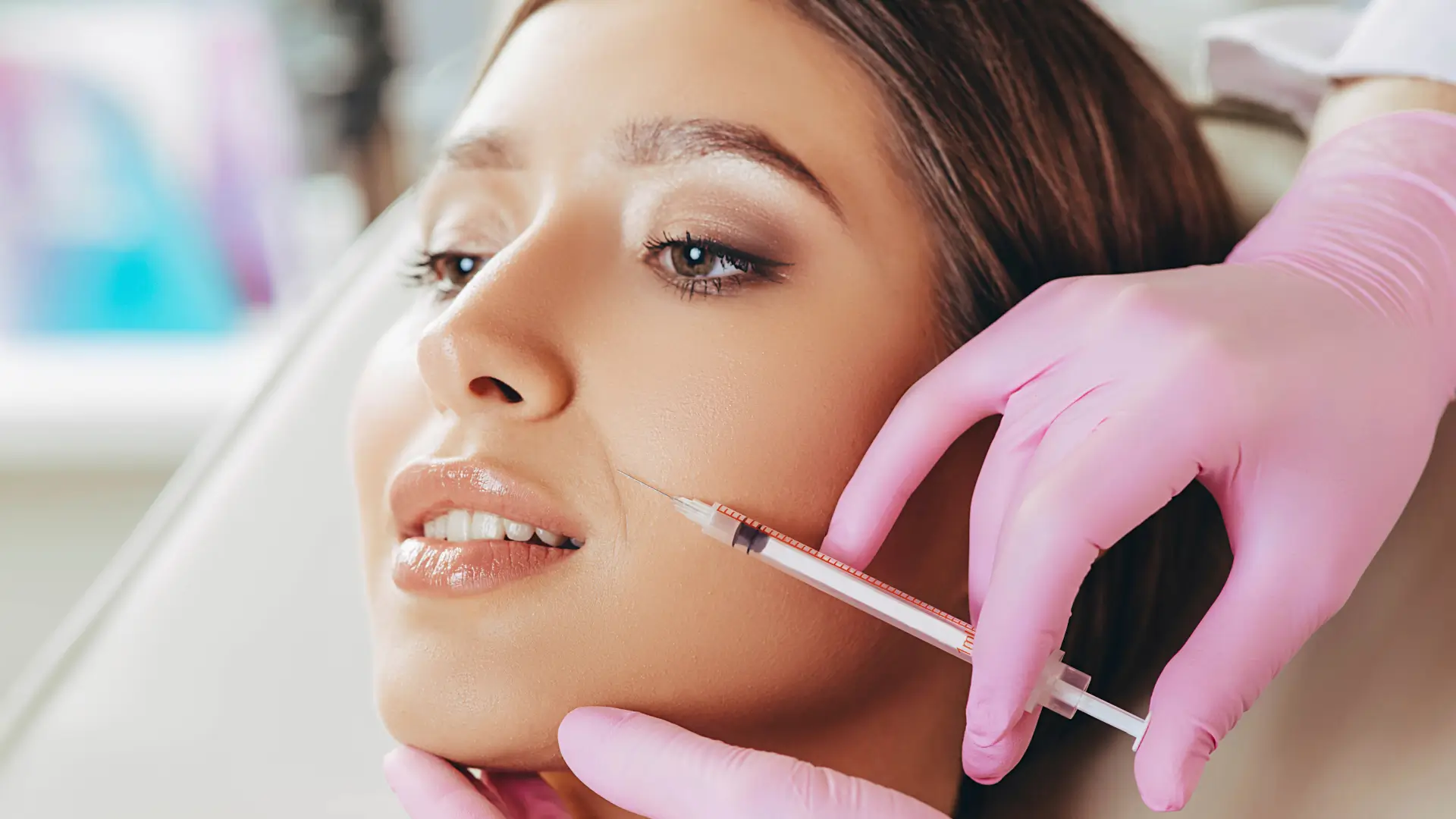Did you know that the botulinum toxin market in the United States is projected to reach USD 4.98 billion by 2024? This growth reflects the widespread adoption of botulinum toxin in both aesthetic and therapeutic settings, thanks to its proven ability to deliver optimal results across a variety of applications.
As demand for these treatments continues to rise, Korean manufacturers have introduced notable alternatives to established botulinum toxin brands. Among these alternatives are Liztox and Botulax, both botulinum toxin type A formulations. While they share common attributes, they differ in unit definitions, accessory protein profiles, and purification processes, all of which can impact efficacy and safety.
In this article, we will explore the differences between Liztox and Botulax, comparing their manufacturing backgrounds, formulation characteristics, clinical data, and practical considerations to help clinicians and patients make well-informed treatment choices.
Key Takeaways
- Liztox and Botulax are both botulinum toxin type A formulations manufactured by Huons Biopharma and Hugel, respectively, offering effective solutions for wrinkle reduction and muscle hypertrophy.
- Liztox boasts a 99.8% purity and is produced using the BioPure Extraction Process, while Botulax has a purity of around 98% and undergoes two rounds of chromatography.
- Liztox’s neurotoxin has a 150 kDa molecular weight, which allows for precise diffusion control, whereas Botulax has a slightly broader diffusion, with moderate albumin concentration for precise injections.
- Both products demonstrate similar efficacy in treating glabellar lines, with Liztox showing non-inferiority to Botox and Botulax yielding faster onset of effect in clinical trials.
- Liztox and Botulax have a mild side-effect profile, with common reactions including localized pain, redness, and bruising. Rare reactions may include infections and allergic responses.
- Liztox is generally more affordable than Botulax, making it a cost-effective option for clinics and patients, with pricing ranging from USD 54.90 to USD 75.00 per 100 U vial.
- Both products require careful reconstitution and precise administration to ensure safety, with Liztox requiring 2.5 mL of 0.9% saline and Botulax being reconstituted to a concentration of 5 U/mL.
About: Medica Depot is your trusted all-in-one supplier, offering a range of high-quality medical injectables and supplies. If you’re looking to buy Liztox, contact Medica Depot’s sales representatives and they will guide you on how to do so. Whether for health professionals, plastic surgeons, dermatologists, licensed estheticians, or other specialists, we can offer genuine, brand-name products you may need. With Medica Depot, we prioritize serving you better to improve the patient’s quality of life.
Who Makes Each Toxin and Why That Matters
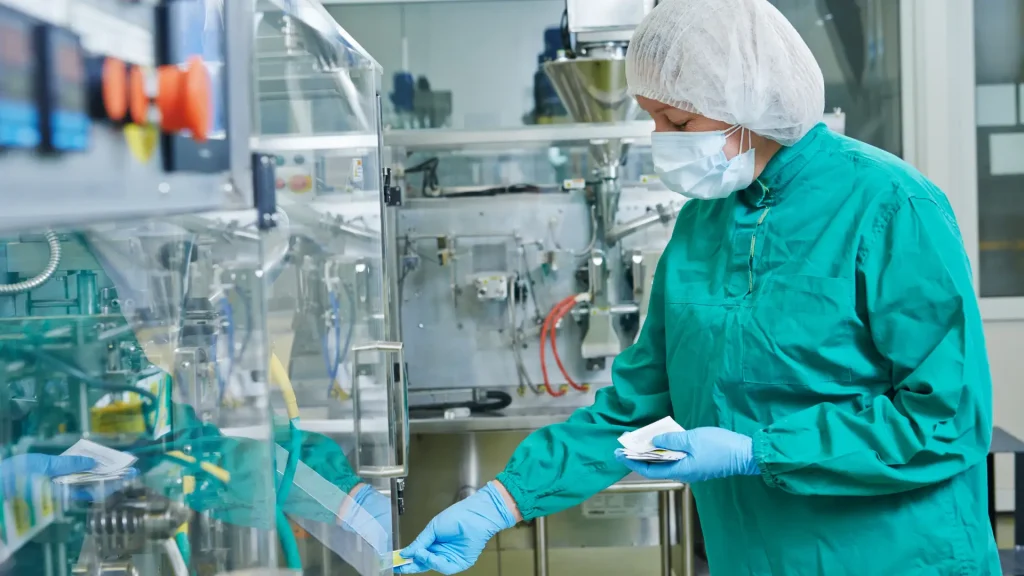
Since spinning off from Huons Global in April 2021, Huons Biopharma has been a leader in the development and manufacture of botulinum toxin products. The company markets Liztox under the brand name for Korea and Hutox for export regions such as Thailand and Iran.
At their Pangyo facility, Huons Biopharma holds MFDS approval and K-GMP certification, utilizing the BioPure Extraction Process to achieve 99.8% purity in their neurotoxin formulations.
On the other hand, Hugel, founded in 2001, introduced Botulax in 2010 and quickly became Korea’s top supplier of botulinum toxin and dermal filler products. With cGMP-certified plants in South Korea and Austria, Hugel adheres to the US FDA and EU GMP standards.
Through continuous research and development, Hugel refines Botulax for maximum potency and minimal diffusion, and distributes it to over 70 countries via Hugel Aesthetics and its strategic partners.
Formulation Nuances Between Liztox and Botulax

Liztox is a superfine, white lyophilized powder. Huons Biopharma’s BioPure extraction combines multiple chromatography steps with nanofiltration to remove accessory proteins, leaving a 150 kDa neurotoxin with 99.8% purity.
- Potency Standard: 100 U per Vial; units defined by LD₅₀ assay.
- Stabilizer per 100 U Vial: Human serum albumin (0.5 mg), Sodium chloride (0.9 mg).
- Albumin Grade: USP for Liztox.
Meanwhile, Botulax also appears as a white lyophilisate. It undergoes two rounds of chromatography, followed by membrane filtration to remove complexing proteins, resulting in a neurotoxin that’s approximately 98% pure.
- Potency Standard: 0.118 U per pg neurotoxin.
- Stabilizer per 100 U Vial: Human serum albumin (0.5 mg), Sodium chloride (0.9 mg).
- Albumin Grade: EP for Botulax.
Comparing Injection Results and Patient Response

Both toxins rely on high molecular weight and human serum albumin stabilizers to stay localized in the treatment area. Liztox’s 150 kDa neurotoxin, being free from complexing proteins, confines diffusion to about a 1 cm radius, providing precise and targeted results. In contrast, Botulax maintains its diffusion and supports precise injections with moderate albumin concentration.
There is no specific onset time for either toxin; however, the average duration of wrinkle smoothing generally occurs within two to five days, with the full effect becoming apparent after two weeks.
In addition to Liztox reviews, a clinical study highlights Liztox’s effectiveness in treating glabellar lines. When administered at a 1:1 dosing ratio, Hutox demonstrated non-inferiority to onabotulinumtoxinA (Botox) for smoothing moderate to severe glabellar lines, with both products being well-tolerated. No serious adverse events were reported, further emphasizing a clean safety profile for both formulations.
On the other hand, a Phase 3 study for Botulax showed that patients experienced noticeable softening of frown lines as early as Day 2, with a median time to onset of effect of 3 days post-injection. Botulax also proved well-tolerated, with no serious adverse events reported throughout the trial, highlighting its strong efficacy and favorable safety profile.
Usability in the Clinic Setting
Understanding the differences in reconstitution, packaging, and cost considerations can help practitioners choose the most suitable treatment option for their patients. It’s important to always seek a licensed and trained professional to ensure safety and suitability when using any botulinum toxin product.
- Reconstitution: To prepare Liztox, draw up 2.5 mL of 0.9% sterile saline and inject it into the vial. Gently swirl the vial until the powder dissolves, yielding 4 U per 0.1 mL. Practitioners should follow the Instructions for Use.
For Botulax, add saline to reach a concentration of 5 U/mL, mixing gently without shaking.
- Packaging: Hutox arrives as a 100 U vial of white, lyophilized powder, accompanied by a preservative-free saline ampule. Botulax ships as a 100 U freeze-dried powder plus 20 mL of 0.9% saline.
To minimize waste and control costs, clinics match the vial size to their typical dosing needs. Hutox typically retails between USD 54.90 and USD 75.00 per 100 U vial, with volume discounts for bulk purchases. Botulax averages around USD 69 per 100 U vial and often includes pre-packaged syringes, making it easier to prepare.
Side Effects and Safety Profiles: Tolerability and Safety Observations
Like all aesthetic and therapeutic treatments, Liztox and Botulax may cause common reactions at the injection site. These symptoms are typically mild and short-lived, often requiring minimal intervention. Expected side effects include:
- Localized pain
- Redness
- Swelling
- Bruising
- Headache
- Eyelid droop
Improper administration, unsterile conditions, or existing contraindications may lead to rare, severe reactions that require immediate medical attention. These reactions may include:
- Infections
- Allergic reactions
Conclusion
Both Liztox and Botulax offer effective solutions for reducing fine lines and wrinkles, and each has its unique characteristics. Liztox, with its higher purity level and minimal diffusion, offers a more precise option for clinicians. Meanwhile, Botulax is a proven, reliable choice with strong efficacy and a favorable safety profile.
Clinicians and patients should weigh the differences in formulation, manufacturing, and clinical data when deciding between these products. By making an informed selection, practitioners can ensure optimal treatment outcomes and patient satisfaction in cosmetic and therapeutic applications.
FAQs
1. What is the main difference between Liztox and Botulax?
Liztox has a higher purity level at 99.8%, while Botulax has a purity of around 98%. These differences in purity and formulation can influence their performance in clinical settings.
2. How do Liztox and Botulax perform in clinical studies?
Both products effectively reduce glabellar lines. Clinical studies show that Liztox performs comparably to onabotulinumtoxinA. At the same time, Botulax can soften frown lines as early as two days after injection.
3. What factors should practitioners consider when choosing between Liztox and Botulax?
Practitioners should consider factors like purity, reconstitution methods, packaging, and the specific needs of their patients. Understanding these elements can help ensure optimal results and safety.
References
- Spherical Insights & Consulting. United States Botulinum Toxin Market Size, Share, Trend. Spherical Insights. Published June 2025. Accessed July 3, 2025. https://www.sphericalinsights.com/reports/united-states-botulinum-toxin-market
- Mueller DS, Prinz V, Adelglass J, et al. Efficacy and Safety of Letibotulinumtoxin A in the Treatment of Glabellar Lines: A Randomized, Double-Blind, Multicenter, Placebo-Controlled Phase 3 Study. Aesthet Surg J. 2022;42(6):677-688. doi:10.1093/asj/sjac019
